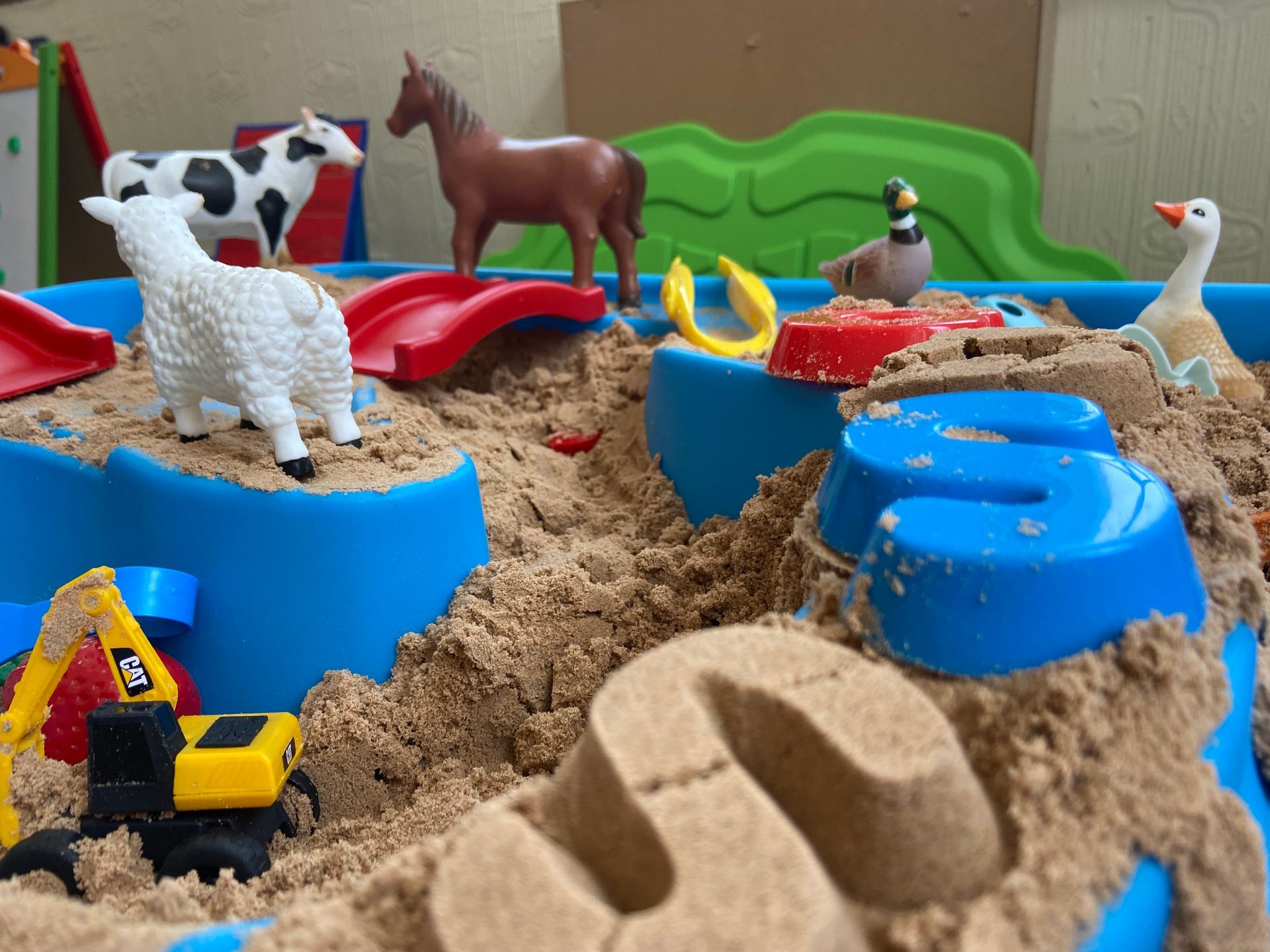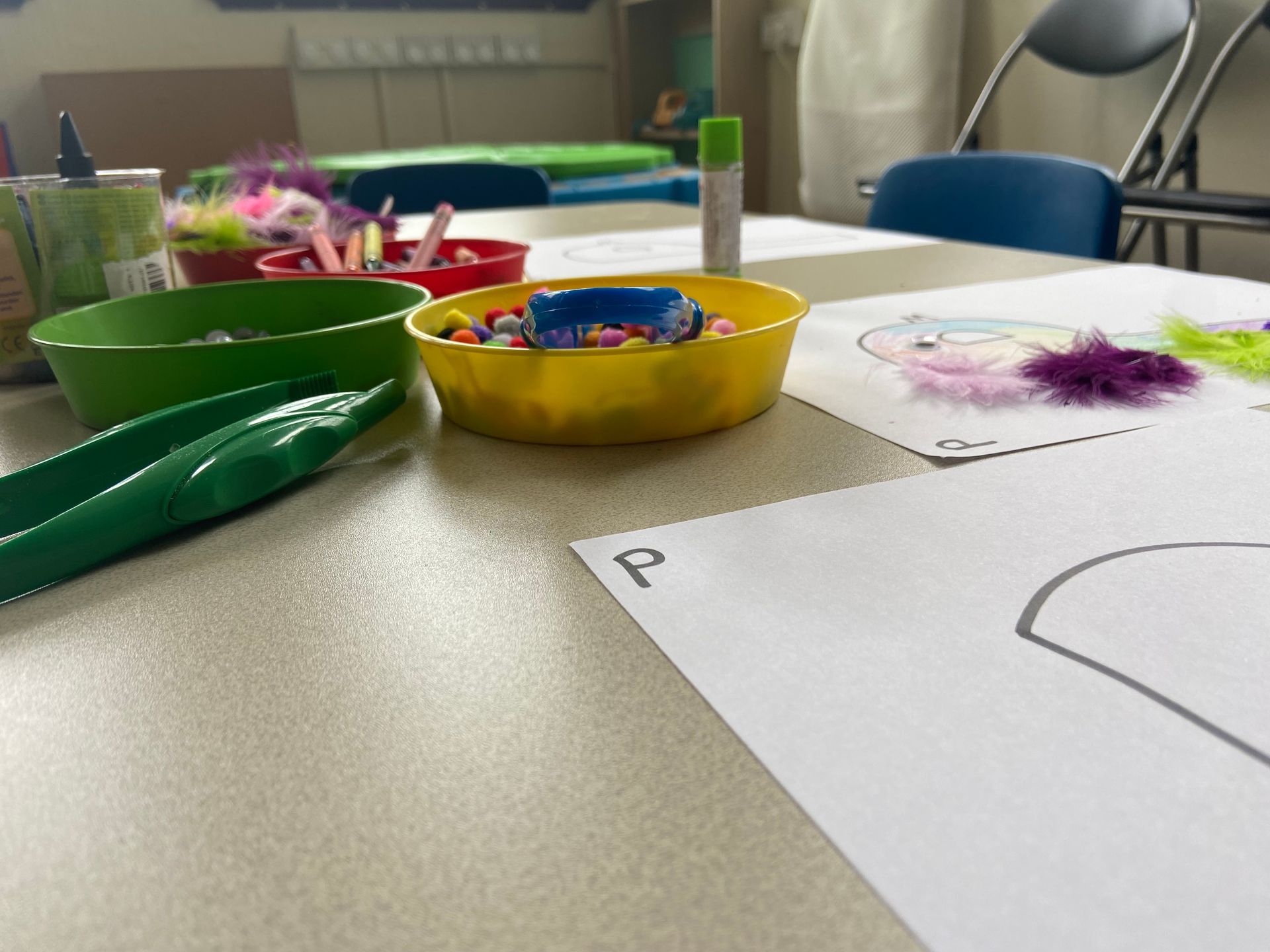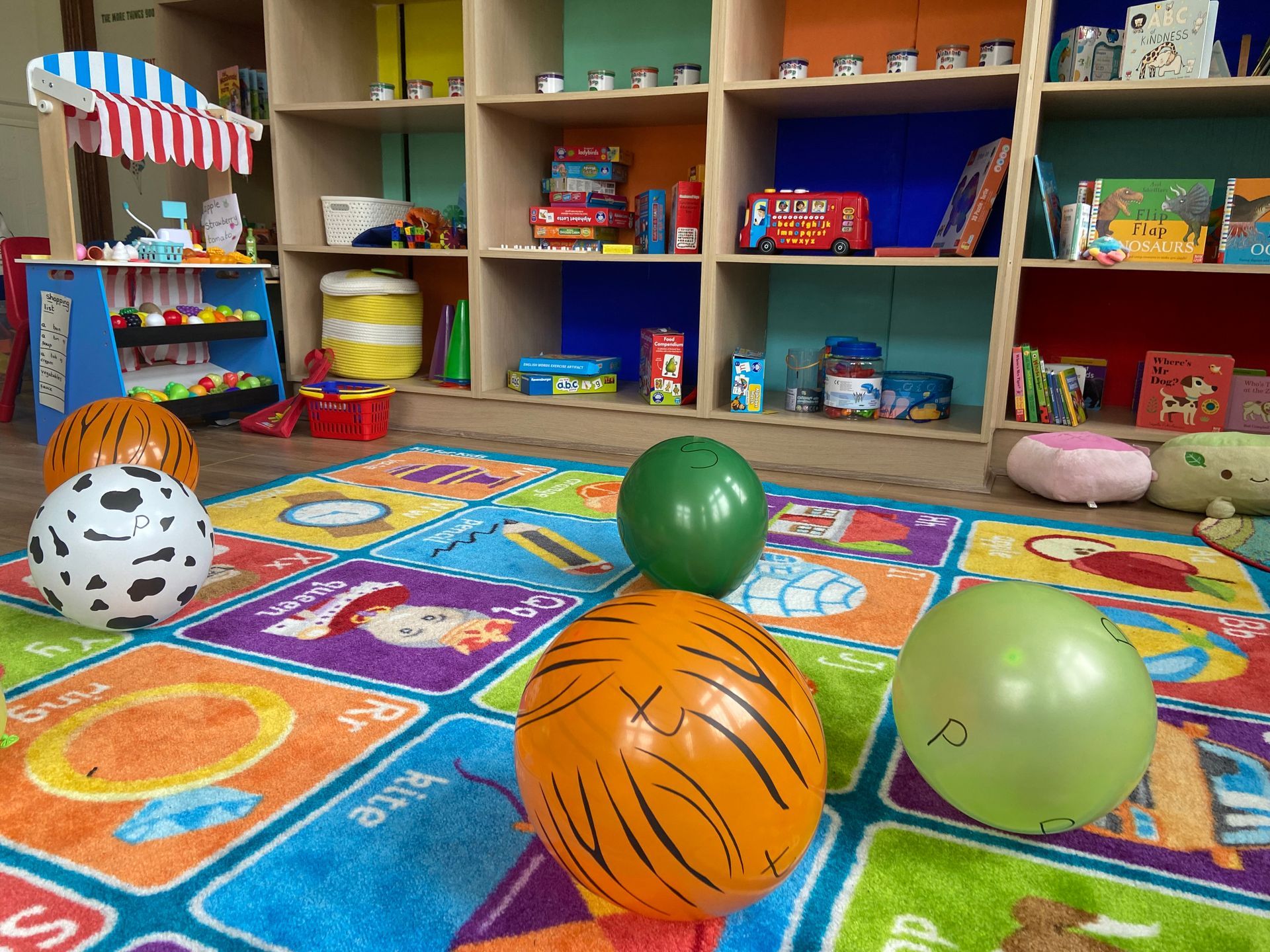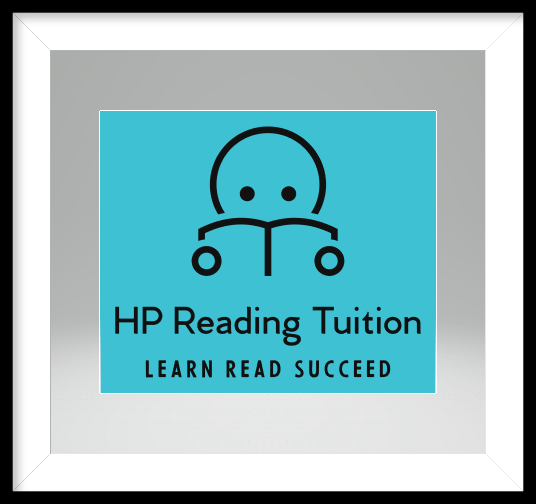Early Reading
Teaching your child to read is a complex process and takes time, skill and a lot of patience! One of the first questions I am asked about teaching children to read is, 'How should I pronounce the letter sounds?' It is not as simple as you might expect. Firstly, it is the letter sounds that children need for very early reading not their alphabet names. A lot has changed over the last few years and we no long say duh (d) or puh (p). Experience and research has led to the eradication of the 'uh' addition to the pure sounds. The way I explain it is to say 'puh', take away the 'uh' sound and you are left with the pure sound 'p', for example.
It is crucial that we get the pronunciation of initial sounds correct to enable effective blending for reading. For example, if a child tries to blend the letters in the word 'pram by saying 'puh, ruh, a, muh' they will read 'puhramuh' not 'pram.' All schools in the UK teach pronunciation of pure letter sounds. It is important to get the pronunciation right before your child starts any formal education or they might have to unlearn some really bad habits!
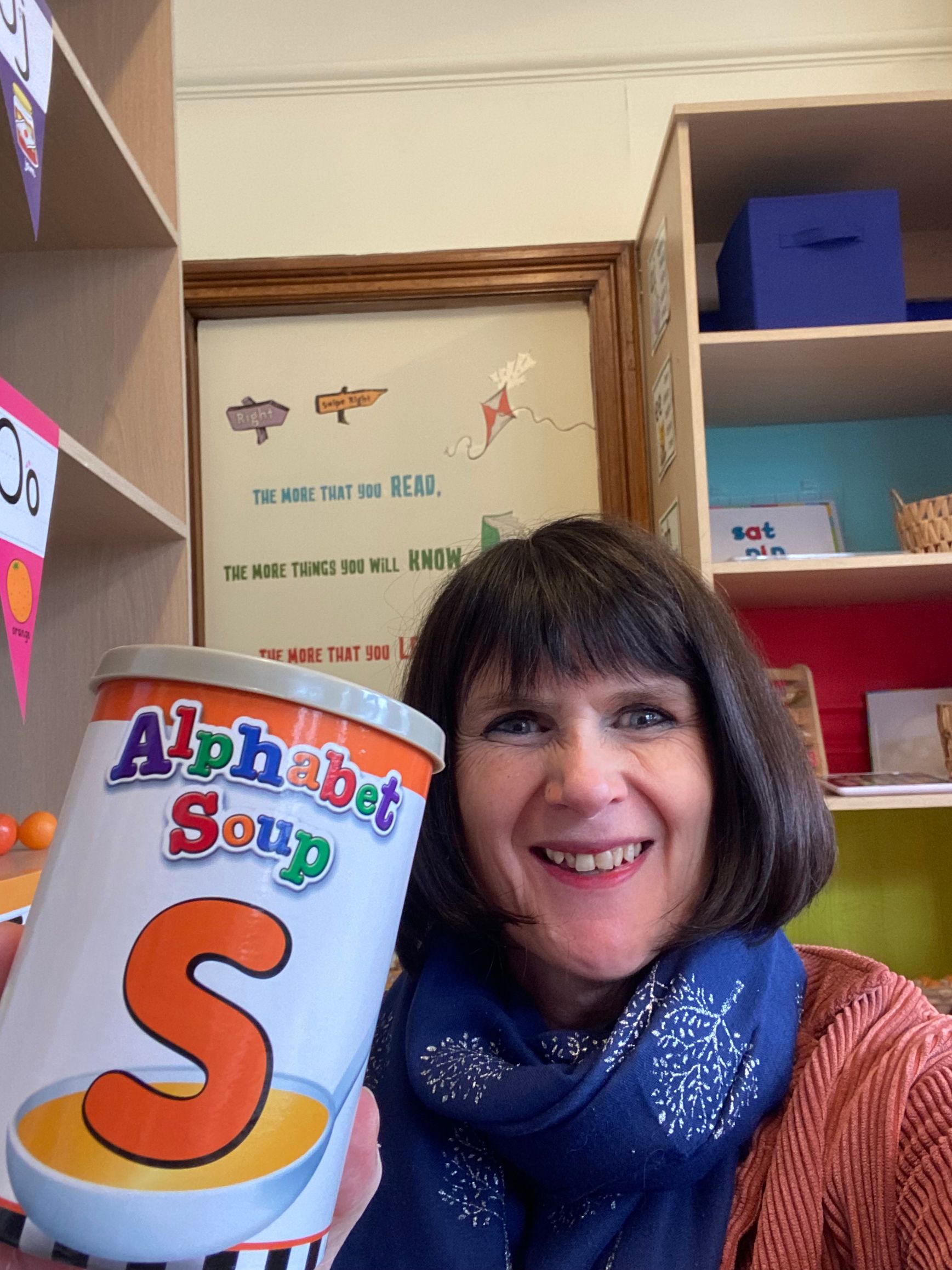
Pre reading skills
In order to read, children need to be able to tune into and discriminate between sounds in the environment and in words. When learning to read, children need to hear the sounds in a word e.g. 'cat' . Once they can discriminate spoken sounds and aurally blend them, children are ready to match the symbol (grapheme/letter) to the sound it makes and then blend for reading. A child needs to be developmentally ready to discriminate between sounds and given a lot of opportunities to build speaking and listening skills before they are ready to read.
Phase 1 phonics skills that are developed at this stage include:
- Environmental sounds
- Instrumental sounds
- Body percussion (e.g. clapping and stamping)
- Rhythm and rhyme
- Alliteration
- Voice sounds
- Oral blending and segmenting (e.g. hearing that d-o-g makes ‘dog’)
Phase 1 phonics in the DfE Letters and Sounds document is broken down into seven different aspects:
- Aspect 1 - Environmental Sound Discrimination
- Aspect 2 - Instrumental Sound Discrimination
- Aspect 3 - Body Percussion Sound Discrimination
- Aspect 4 - Rhythm and Rhyme
- Aspect 5 - Alliteration
- Aspect 6 - Voice Sounds
- Aspect 7 - Oral Blending and Segmenting
The purpose of these different aspects is to develop students’ language abilities in the following ways:
- Learning to listen attentively
- Enlarging their vocabulary
- Speaking confidently to adults and other children
- Discriminating between different phonemes
- Reproducing audibly the phonemes they hear
- Using sound-talk to segment words into phonemes
How can I help my child with early reading?
One way to help your child is to enjoy books together and also ensure your child sees you reading for enjoyment and purpose. Children just love imitating adult behaviour and it is how they make sense of the world. It is important for them to see the importance of reading, from a very young age, in their natural environmen- the home.
Another way to help your child is to expose them to nursery rhymes, simple poems, songs and stories from an early age. Once your child is familiar with a rhyme or song or story, change some of the words and see if your child can tell you what has been changed.
Play, Play and Play some more!
I know it's obvious but I can't emphasise enough the importance of play in your child's reading development. If it is fun, your child will be motivated and will learn without having to try. Learning to read should never be a chore. It takes time, so don't rush it and enjoy the process!
